Why Travel For Great Lakes Carp?

By Jason Tucker
Everyone has a bucket list.
For most of us that includes the Bahamas or a similar destination for bonefish. Carp fishing the flats in the Great Lakes should also be on that list. Why?
Crystal clear water in an other-worldly setting. Once you get out on those flats you’ll forget you’re in the Midwest and swear you’re in the salt. Clear water, gulls and terns, wind and waves, but no insidious salt to wash off at the end of each day.
Sight fishing. Sight fishing clear water to spooky fish is the Grail of flats fisherman. Lake Michigan offers it up in spades, and with hundreds of miles of flats available, you’ll often have them to yourself.
Large numbers of big fish. Occasionally you’ll be casting to strays. Most of the time you’ll have dozens to several hundred fish swimming around you, and the challenge will be to pick one and not spook the rest. Peeling off fish from the edges of the larger group is often the key. Lake Michigan fish average
Read More »Life Is Too Short To Fish In Ugly Places
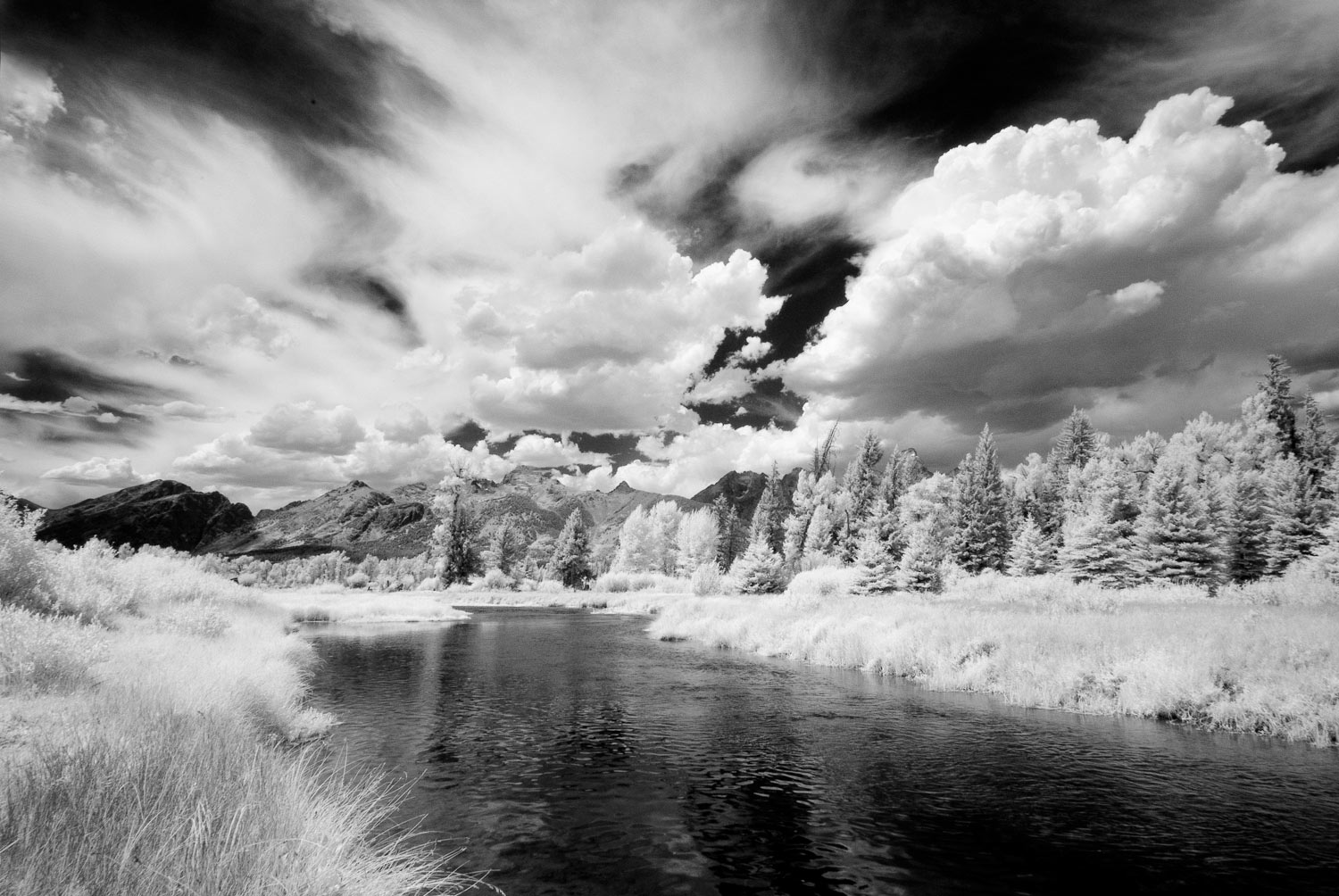
I was recently reminded that the places we fish are as important as the fish we cast for.
I was tagged in a Facebook challenge on nature photography by my buddy Tim Romano. (#challengeonnaturephotography) I don’t think of myself as a nature photographer, but once I started looking through photos the evidence built up quickly.
I floated the Snake River many years ago with a guide from Jackson. As we floated past the Tetons, I tucked my rod under my arm and grabbed the camera for a quick shot.
“Sightseeing trip’s a hell of a lot cheaper,” my guide groused from behind me.
I feel sorry for that dude. I’ve never lived in Jackson, but I can’t picture myself growing tired of looking at those mountains. So, if you’ve been spending too much time staring at a bobber (or dry fly, let’s not start that again!) here a little reminder to look up once in a while.
Here are 8 photos of some beautiful places i’ve fished. Enjoy.
Read More »6 Reasons You Might Catch More Bonefish By Wading
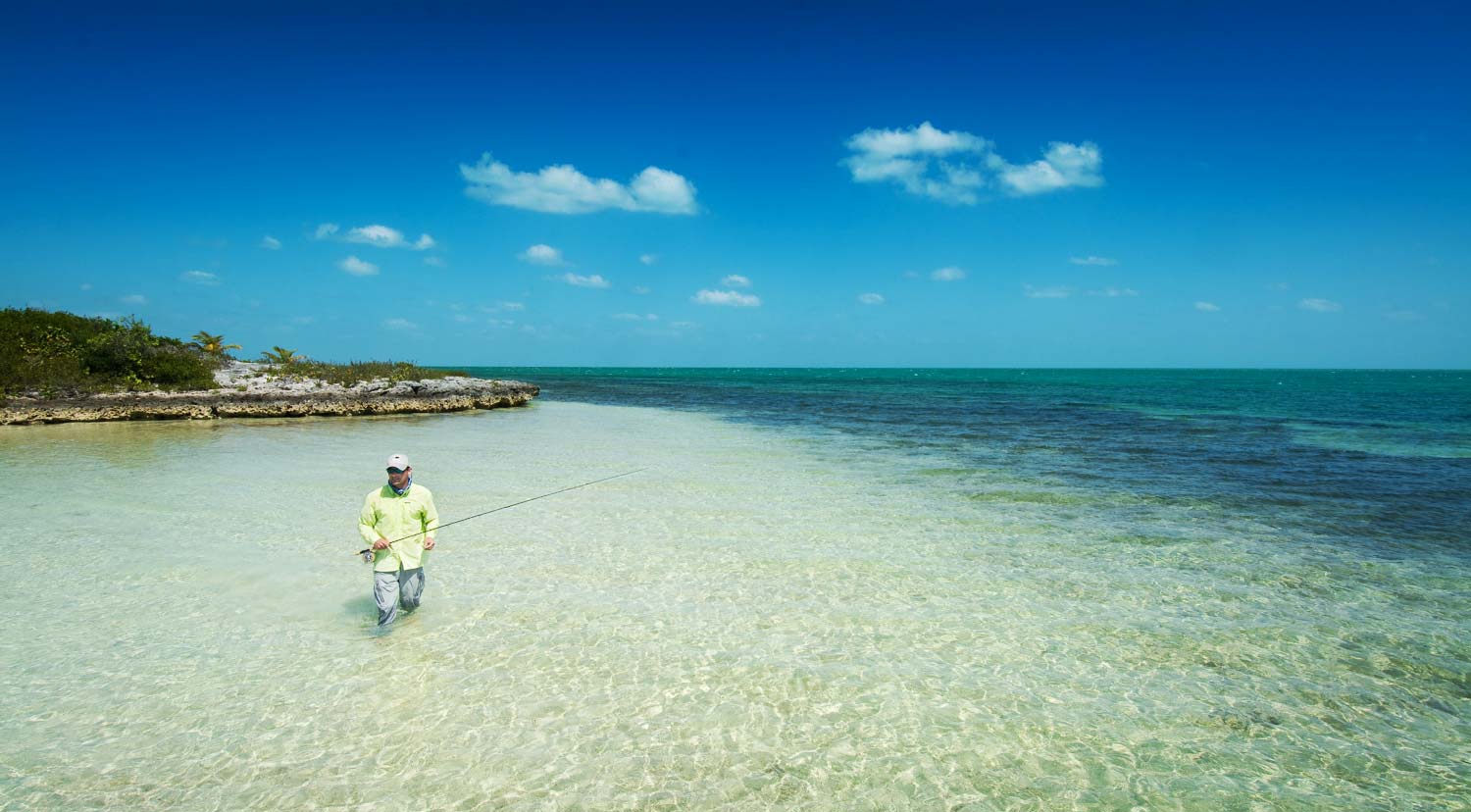
Wading a beautiful sand flat on some tropical island, looking for bonefish is an experience every angler should enjoy.
There’s nothing like wading for bonefish, especially in a remote location where the angler can enjoy breathtaking beauty, solitude and the thrill of casting to un-pressured fish. Wading is not just a cool experience, it’s also productive.
I was talking about bonefishing with Tom Rosenbauer the other day and he made the comment,
“I catch most of my bonefish wading. I just see the fish better.”
That might seem counterintuitive, but I totally agree. While the height the angler gains standing on the boat helps reduce the glare on the water, it also puts the angler in a very different space. I’ve always thought the wade angler was more in touch with the environment and conditions than the boat angler, and therefore more attuned to where the fish are moving. Tom agreed.
This idea stuck in the back of my mind and as the day went on I continued to think of reasons that wading for bonefish is so productive. It’s not the first time I’ve hung up the phone with Tom and sat down to write about the conversation. That should tell you a bit about the man. Anyway, here’s my list of reasons wading for bonefish is so productive.
6 Reasons You Might Catch More Bonefish By Wading
Awareness of your surroundings.
As I mentioned, when you wade you are more aware of things like water movement, contours in the bottom, the consistency of the bottom and the amount of forage. Being in the water puts you in the same space as the fish and you begin to see the cuts and channels they use to travel and the places they might regularly hunt for food. You begin to anticipate their behavior and you find fish because you are looking in the right places.
2. You take your time.
A wading angler covers water more carefully. It’s pretty common, when fishing from a boat, to roll up on a fish and spook it before you even know it’s there. By moving slowly and searching the water methodically the wade angler
Read More »Presenting Your Fly To A School Of Bonefish
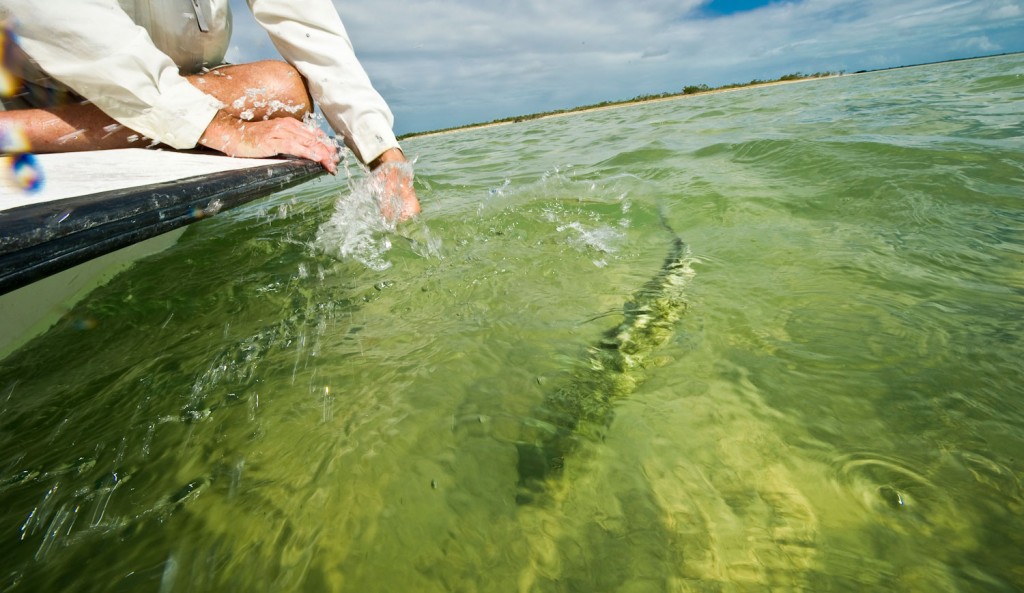
Bonefish are on the move!
Presenting your fly to a school of bonefish has to become second nature. There is often not time to make a plan. The successful angler is one who can make split second decisions and place the fly quickly and accurately.
It’s a little like shooting a shotgun. You have to know how far to lead the fish in a given situation and you have to be able to picture that lead to know where your target is. It’s a skill that takes time to master but hopefully this video will set you off in the right direction.
OUR FRIEND JOEL DICKEY IS BACK IN THIS VIDEO TO HELP YOU SEE YOUR TARGET.
Read More »Slack Free Presentation: Video
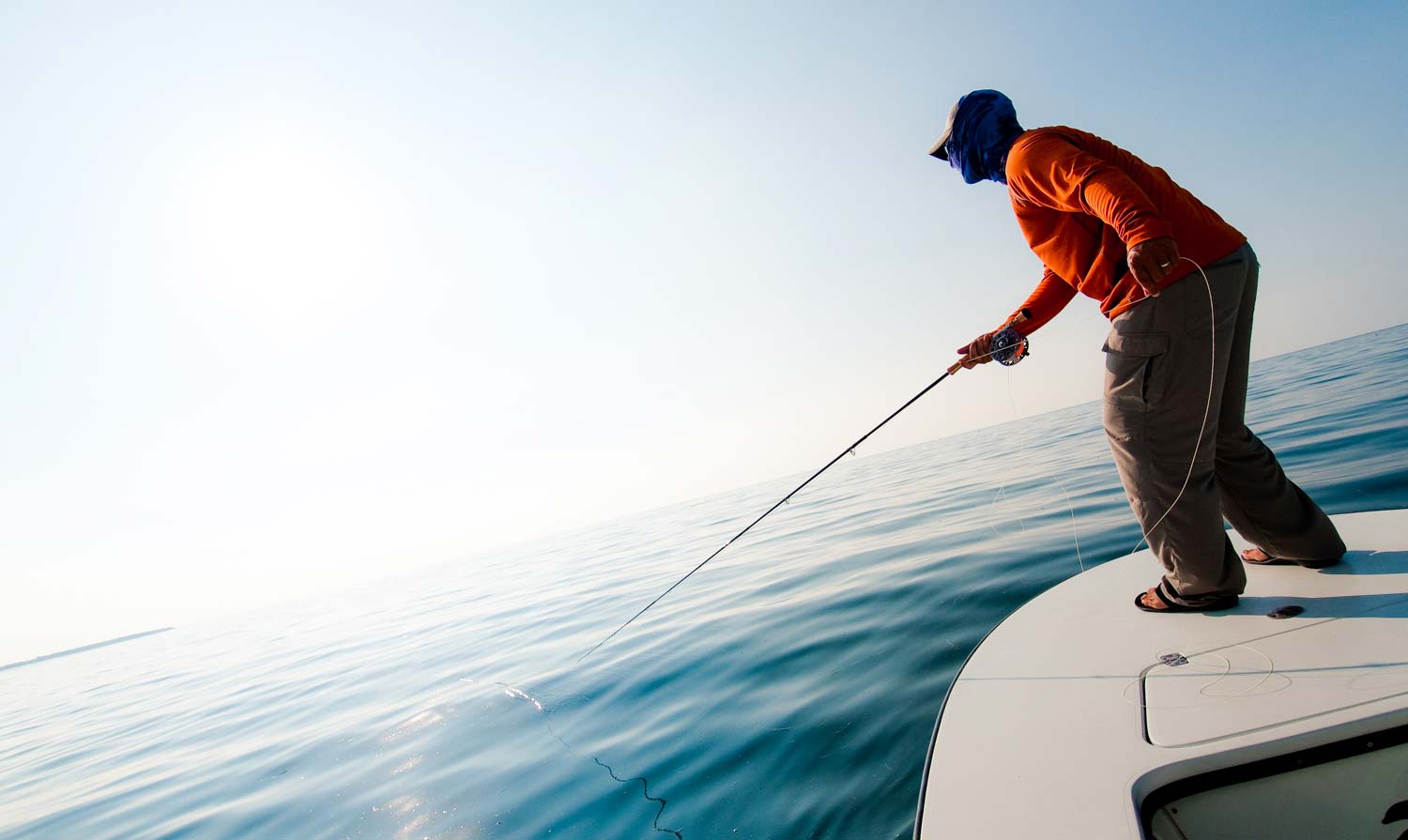
In fly-fishing, slack is always the enemy.
That’s never more true than when you are fly fishing on saltwater flats. Slack, however, is an ever present fact of life. No matter how good a caster or angler you are there are conditions beyond your control which can introduce slack into the system. Anglers who are successful are the ones who learn to regulate that unwanted slack.
There are a couple of easy techniques you can incorporate on every presentation which ensure that you will always be tight to your fly and fishing at your best. These simple tricks quickly become muscle memory and are done without thinking. A little practice is all it takes.
Watch this video where Bruce Chard explains how to easily make slack free presentations.
Read More »A Guide To Fly Rod Guides
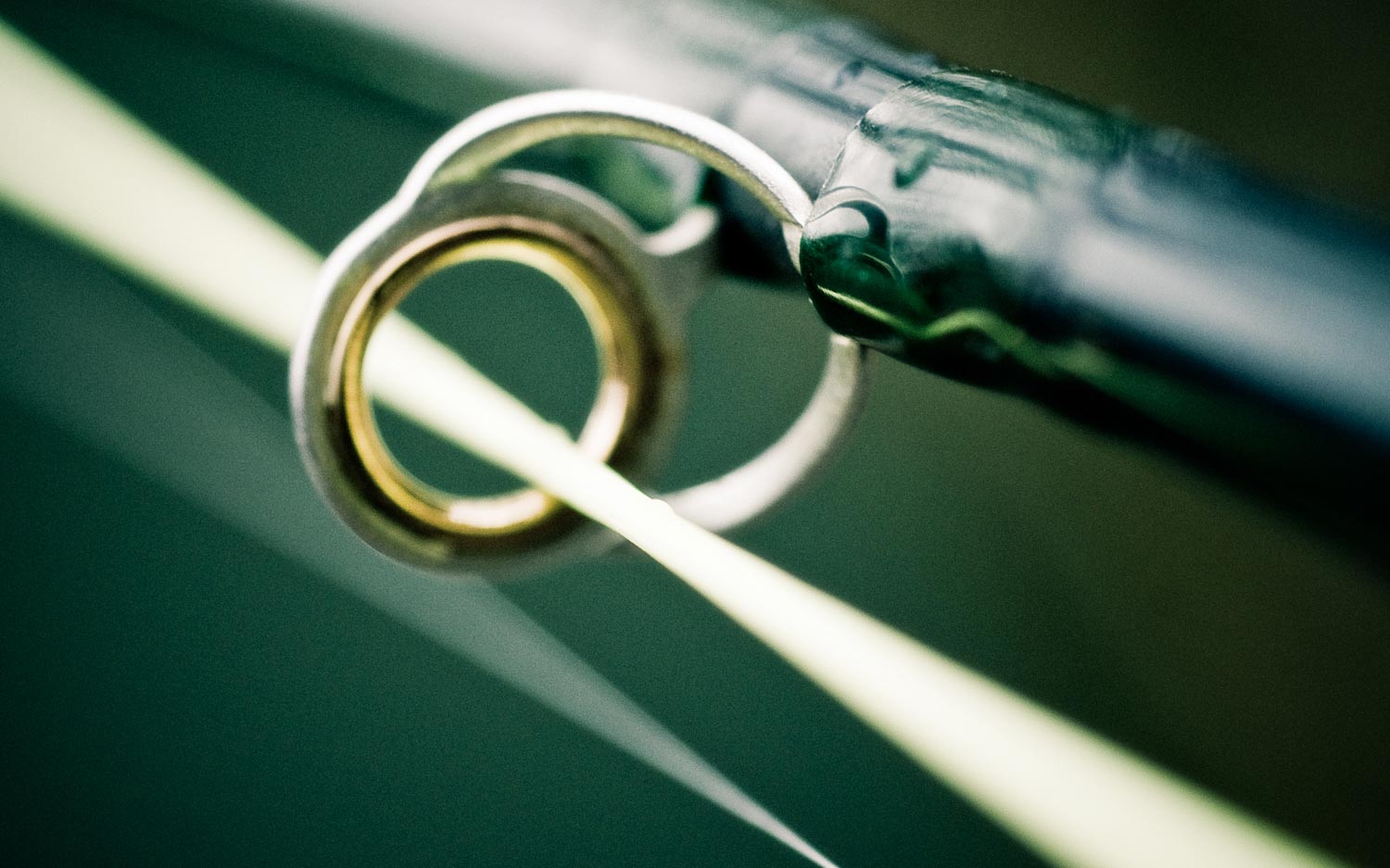
By Louis Cahill
The guides on your fly rod have a lot to do with how it performs.
I was building bamboo fly rods and making my own guides when I first became aware of the many guide options and their effect on fly rod performance. Up to that point I think I took rod guides for granted, as I think many anglers do. Rod designers spend a good bit of time on guides and their placement and while you can cast a rod and catch fish with just about any guides, they have a real impact on how the rod performs.
Guides serve two basic functions. They transition the fly line from its unorganized state into a controlled state during the cast. The guides also serve to distribute the force applied to the line along the blank, during both the cast and the fighting of fish. All fly rods, with the notable exception of tenkara rods, have three types of guides. Each of these guides is designed for a specific purpose and the parameters of that design effect how the rod performs.
Three types of guides
Stripping guides are the large guides found closest to the reel. They are usually constructed with a large ring, often having some type of insert, soldered into a sturdy base. These guides are designed to handle the energy of the stiff butt section of the fly rod. Saltwater rods usually have two stripping guides to match their powerful blanks and deliver maximum pressure during the fight. The inserts found in stripping guides are designed to reduce friction, as the line is often coming across these guides at an acute angle. They are most often a polished ceramic but materials vary, including agate and colored glass in some high end rods. It’s never a good idea to hook your fly in these inserts and it can cause them to crack, reducing their performance and damaging your fly line.
Snake guides are, most often, the twisted wire guides that are most numerous on your fly rod. These simple but effective guides are designed to distribute force along the rod blank without adding a lot of weight or catching line. They are generally made of stainless steel or titanium. Some rods have single foot guides rather than traditional twisted guides. These guides are lighter weight and produce a faster action in an ultra-light carbon fiber rod. It’s not much weight, but with today’s carbon fiber, there is a difference. The down side to these guides is that they are not as sturdy and can catch loops of line. It’s unlikely that this will happen during casting but can happen in the excitement following a hook up. If you are producing loops inside your guides while casting, you have bigger problems. See a casting instructor.
Tip-tops are the guides fitted to the tip of the rod. It’s easy to take these little guides for granted but they are especially important. They add weight and transfer force at the most delicate part of the rod. This means that if there is a problem with the tip-top, it’s very unforgiving.
Guide size
The most influential aspect of guides, at least on casting performance, is their size. A larger guide will
Read More »Keep Your Rod Tip Off the Water for Longer Drag-Free Drifts
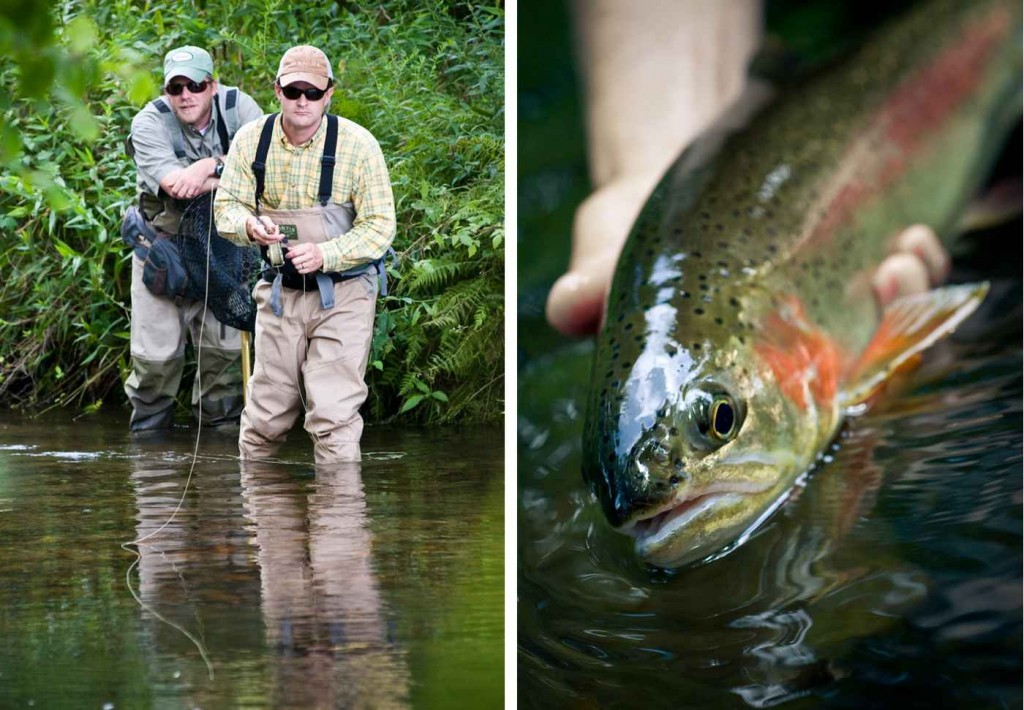
Are you finding yourself struggling to get long drag-free drifts on the water?
If the answer is yes, you may be holding your rod tip too close to the water during your drifts. When your rod tip is positioned too low, you’re putting unnecessary fly line on the water that you in turn have to manage in order to maintain a drag-free drift. As soon as this unwanted fly line hits the waters surface, it’s immediately subjected to the surrounding currents. Depending on how fast the current is at your feet, the less time it will take for it to be pulled downstream and begin effecting your drift. Eventually all the slack will be pulled out in your fly line and your drag-free drift will be compromised. There’s of course a happy medium though, on rod tip position. Too high, and anglers will find it difficult to effectively mend and set the hook. I generally tell my clients to keep their rod tip at least three feet off the water’s surface.
Here’s a simple drill to help you understand and visualize how improper rod tip position on the water can negatively effect and decrease the length of your drag-free drift. Lay out a nice 30+ foot cast on the water. Make sure you stop your rod tip high above the water (a good 4 feet). Watch your drift for a few seconds, and then
Read More »Trash On The Flats

IF WE CAN FLY FISH FOR CARP, WHY NOT LADY FISH?
I was in the Bahamas last month for a little DIY bonefishing. I love DIY trips. They have a whole different vibe from a guided lodge experience. I’m sure I miss some opportunities fishing without a guide. I may not catch as many fish, or as big a fish but I fish at my own pace and am a whole lot more relaxed. I appreciate a guide who works their ass off for me but it’s nice to just walk the flats, sometimes with my wife who doesn’t fish, and just explore.
This last trip was one of those and it allowed me to do something I really enjoy. Catching a few saltwater trash fish. On a guided trip there is always this pressure to stay on task and boat as many, or as big a specimen of what ever the target species may be. I’m generally curious about all kinds of fish and when I see something different, well, I just want to put a hook in it.
Some guys get really serious about it. They wouldn’t consider casting to a barracuda, for example. I think anyone who doesn’t enjoy catching a cuda on the fly is seriously missing something awesome. I get the whole idea of sticking to the program, and nobody loves catching bonefish more than me, but at some point
Fish Boy Is Sorry

A quick heads up, this story contains some adult language and ideas.
I was fishing a little mountain lake with my buddy Dan when he told me, “the last time I fished this place I was on a date”. “Why the hell did you bring a date up here”, I asked. “Well”, he said, “things were getting kind of serious and I thought I should show her what she was signing up for”. “So you took her fishing”? I laughed, “you should have locked her in your apartment and disappeared for three days, then showed back up stinking and drunk, that’s what she’s signing up for”!
Fly fishing has developed it’s own culture and it’s own code of misconduct. It reorients priorities and skews a person’s perspective of what “normal people” will tolerate. For some guys it’s like Mardi Gras. A fishing trip is an excuse to blow off the steam they build up at work or home and then they’re back to normal. For others it becomes a life style choice. For some an occupation. Living with a fisherman has got to be tough. I know my wife puts up with a lot from me and, to her credit, does it cheerfully. However, if you talk to any hard core angler it’s not uncommon to find a long list of ex-wives and girlfriends who just couldn’t, or wouldn’t take it anymore. Fishing, like any other addiction, complicates relationships.
Many of my best friends have made big life decisions base purely on fishing. Uprooted their families and moved across country without jobs or left their families alone for months at a time to guide in some far flung location. I have a friend who commutes over fifteen-hundred miles between his family and the water he guides year round. I know guys who have walked away from homes and given them up to foreclosure to be on the water they feel called to fish.
Read More »Fly Fishing with Stealth – 8 Common Mistakes
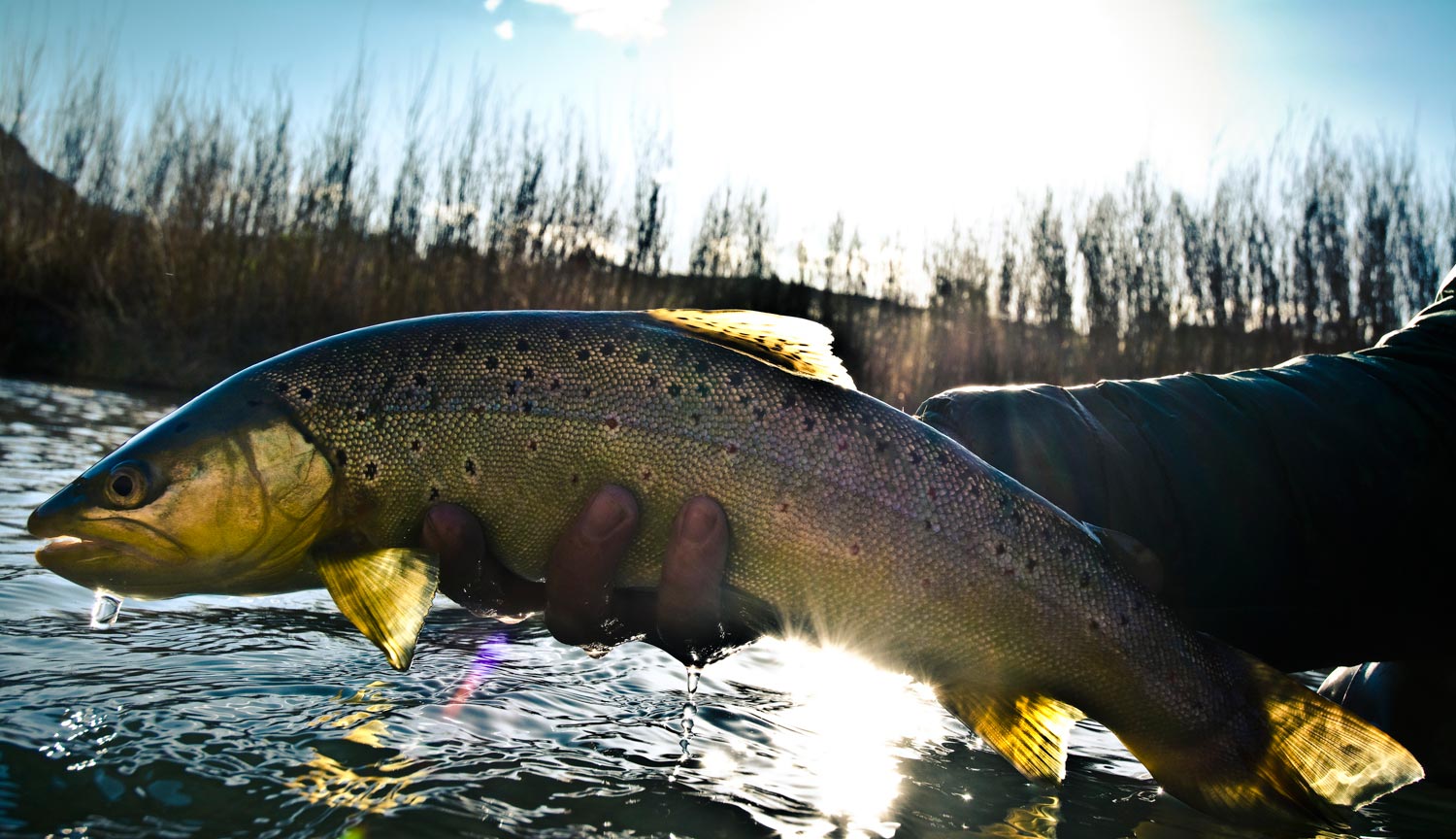
How often to you think anglers miss opportunities catching trout because of the lack of stealth? The more educated trout populations are in a stream, river or lake you’re fly fishing, the more important it is for fly anglers to mimic the way a hunter stalks game in the field. I estimate that I give away upwards of 50% of my trout catching opportunities due to my lack of stealth. Below are 8 common mistakes fly anglers make on the water that blow their cover and success.
Read More »